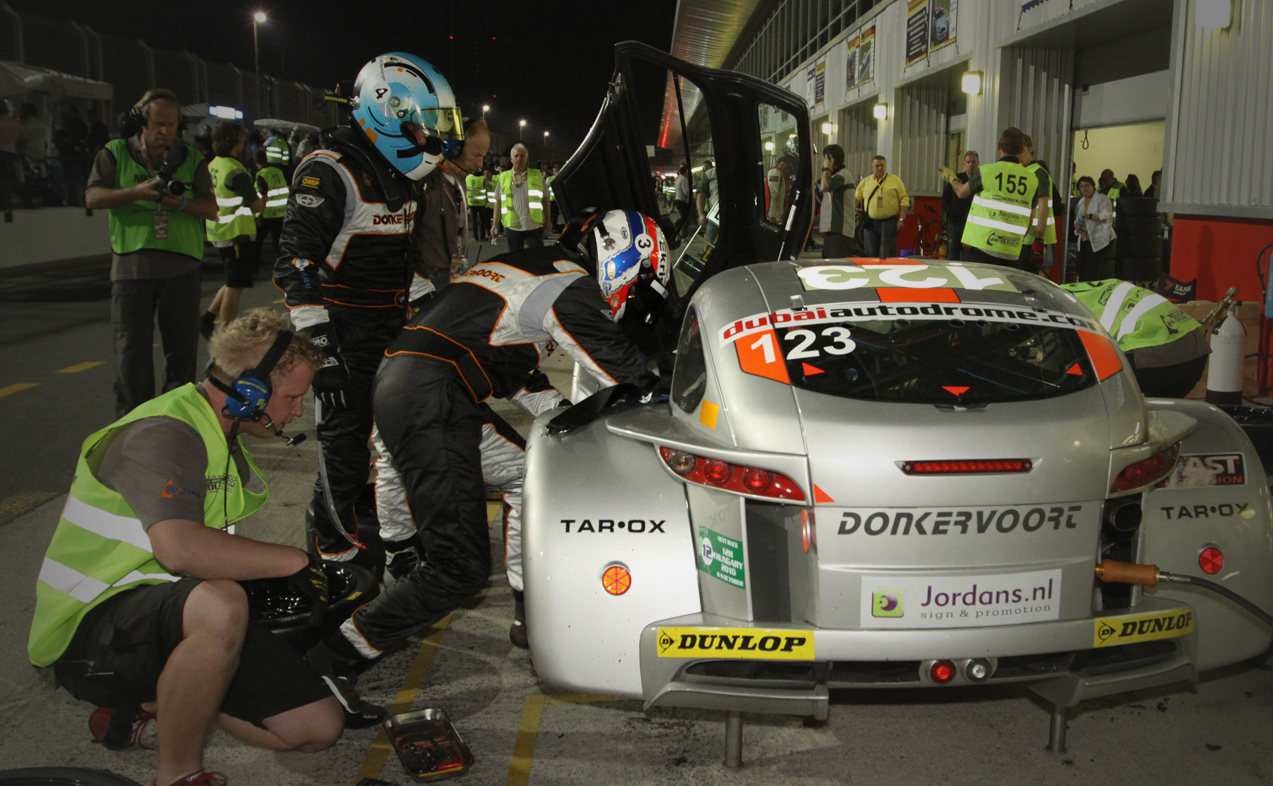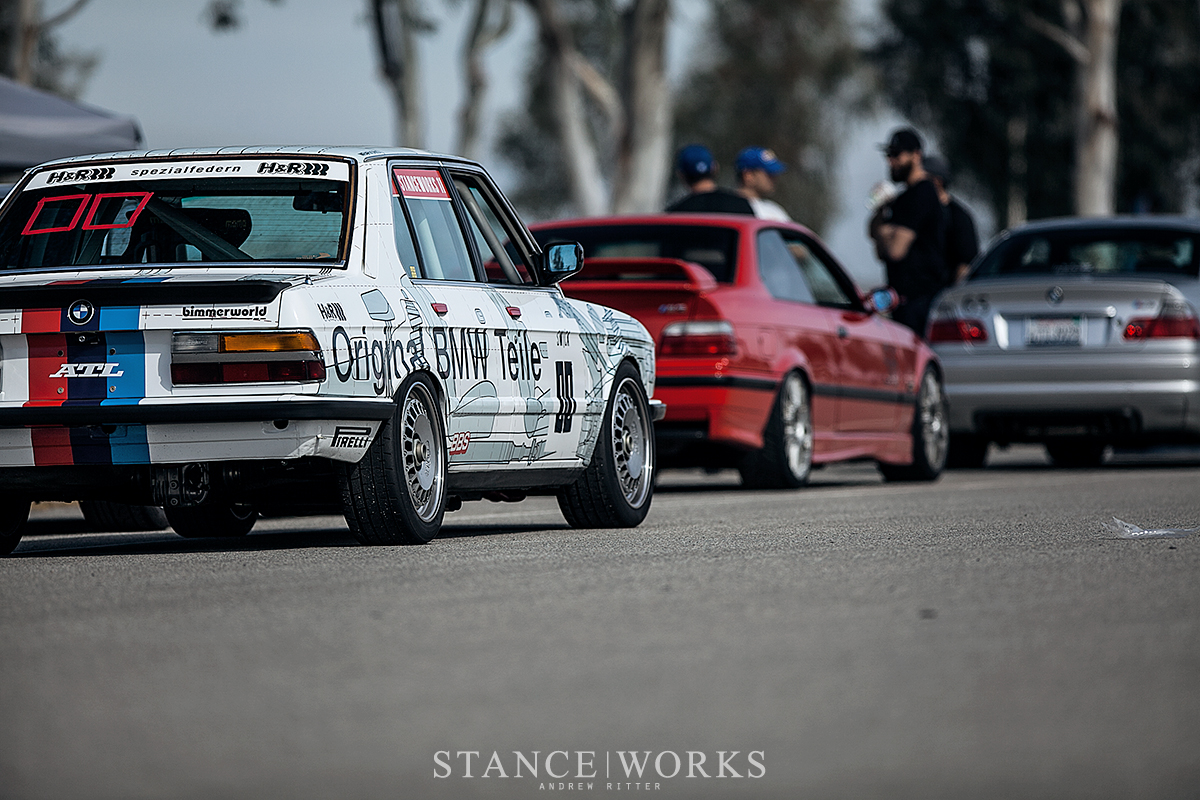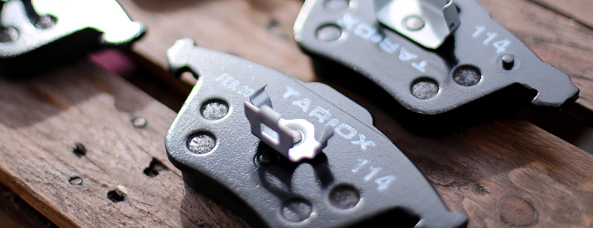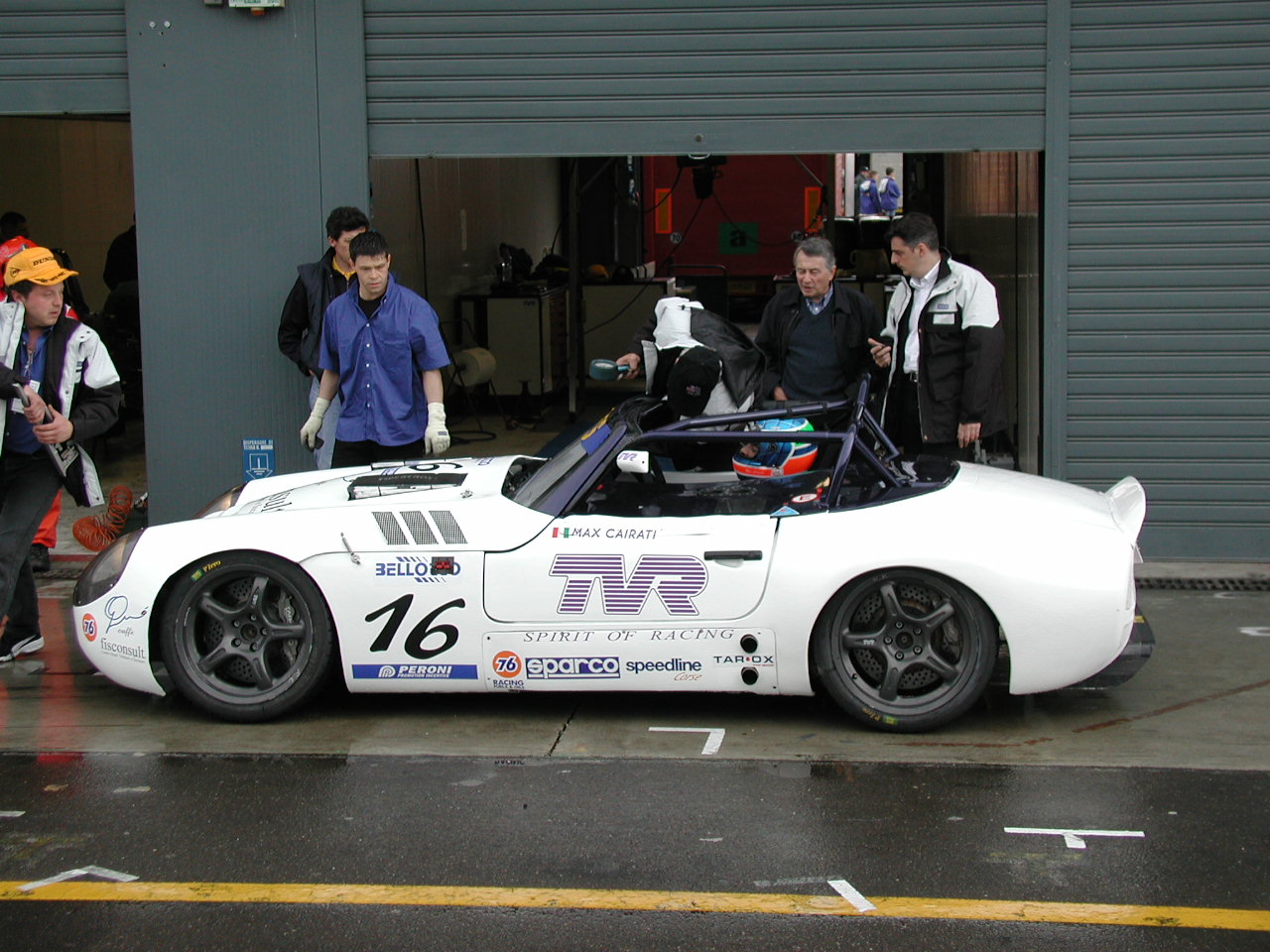Are you making these eight, common mistakes when driving on track?
Driving your road car on a circuit can be one of the most fun and rewarding things you’ll ever experience, but get it wrong and things can quickly turn sour. Here are eight common mistakes you should avoid on track…

1 – Trying to compete with pro drivers
Professional drivers have spent much of their lives at circuits. They’re highly trained, do a lot of practice and have normally been racing it since they were very young. These guys have completed hundreds of hours at the wheel, often repeating unexciting long-run tests where their every action is monitored by sophisticated telemetry.
Therefore driving like a professional is not something you can learn on a Sunday afternoon at Brands Hatch. Pro drivers use the car differently; their speed comes from a smoothness, which makes driving look easy; they understand the limits of the car and track, and will put much less strain on mechanical parts – even though they are inevitably going faster than everyone else. Don’t try and compete with these guys.

2 – Over estimating your car’s capability
Unless you’ve been given a tour of a competition vehicle by a race car engineer, it can be hard to fully understand that road and race cars are very different machines. Both vehicles are designed and built for a set purpose, which means that unless you’re lucky enough to own something track-focused like a Porsche GT3 RS, your road car isn’t going to handle lap after lap of extreme use.
Modifying the suspension, brakes and tyres obviously helps combat some of the stress a track environment creates, but there’s one factor that makes the biggest difference – weight. A WTCC Honda Civic, for example, is around 200 kgs lighter than the road-going version, which has a big impact on the rate of tyre and brake wear.
It’s also easy to forget that professionally maintained race cars are stripped down after each event to check all the components for wear and fatigue. Braking components are carefully monitored, mileage recorded, and worn out components replaced. If a team on a budget finds some cracks in a brake disc, they use them for free practice only. A works team, will simply bin it. This ensures competition cars are always at the peak of performance; the same cannot be said of your average road car.

3 – Overconfidence
We all remember our first driving lessons when controlling the car is a completely new experience. However, after a few years it’s easy to start thinking you’re the next Lewis Hamilton. Realistically, very few of us are as good as an average racing driver, let alone a world champion, so it’s highly recommended to get some professional instruction. If you’re planning to take your car on track, the benefits of a performance driving course are significant. Learning how to control the car on reduced grip surfaces will ultimately lead to a better understanding about a vehicle’s dynamics. This will translate to a smoother driving style and quicker lap times, while also placing less stress on critical components.
4 – The wrong brake pads
Does the perfect all round brake pad exist? No, not really. There are good all-round pads available; the TAROX Corsa is a great example, but it isn’t perfect for everything. The problem is that the perfect pad for the track is unsuitable for road use, and, in most cases, actually illegal. Likewise the perfect fast-road brake pad, which will work well from cold, cannot cope with the temperatures generated on track and will wear out very quickly; it’s been known for people to be stranded at a circuit as they literally have no brakes left after a track day.
Our advice would be to use a pad like the TAROX Strada for general fast-road use and take a set of TAROX Competitzione pads with you to the track. Just be mindful that a lot of racing pads can deposit on the brake disc under heavy use. Be sure to follow the manufacturers’ guidelines when bedding in. Misuse of racing pads can be detrimental to disc life. Remember: never use new pads on old discs, as performance and safety will be severely affected.

5 – Resting your foot on the brake pedal
Here’s a typical situation: the red flag is out, so you drive into the pit lane and patiently wait for the track to re-open, with your foot resting on the brake pedal. This apparently innocent action causes the thermal print of the brake pad, which is at track temperature, to begin a bonding process to the disc braking surface. This is the quickest way to achieve brake pad transfer and even thermal cracking.
Brake pad transfer will cause areas of the affected brake disc to have high spots, which will ultimately result in a vibration, usually felt through the steering, and almost always wrongly diagnosed as a warped brake disc. The problem can be easily solved by skimming the discs yet, if you understand it beforehand, you can avoid this by not sitting on the brake pedal after a fast lap. It’s for the same reason that you should leave the handbrake off after a session. Be aware that because this is not a manufacturing fault of either the brake pad or brake disc supplier, no warranty claims can be made.

6 – Believing higher DOT fluid is better for track
DOT3, DOT4, DOT5 and DOT5.1 are standards adopted by the US Department of Transport (the DOT). Their designation is linked to their minimum performance, rather than a numerical ranking, and one DOT grade may cover a wide performance range. For example, DOT 4 brake fluid boiling points will range from a minimum of 230°C to over 300°C. DOT 5.1 fluids have mid-range boiling points – a figure of around 270°C being typical – and their main advantage is in the improved low-temperature viscosity, which is only relevant in very cold climates.
Much of the research into developing the performance of brake fluid is focusing on DOT4, which some companies refer to as ‘Super DOT4’. DOT4 is what most European manufacturers recommend, so it’s possible with a fluid like TAROX RoadRace, to have a fluid that’s not only compatible with a manufacturer’s warranty guidelines, but that also has a higher boiling point than many DOT5.1 race fluid.
When choosing a brake fluid you should select one with a high boiling temperature that is retained through its service. Brake fluids are hygroscopic – that is they slowly absorb water when exposed to the atmosphere, which can significantly reduce their boiling point. The so-called “wet” boiling point test is designed to give a measure of how well the boiling point will be retained in service. Some performance brake fluids have a very high boiling point, but this may deteriorate rapidly and need to be replaced more often. So, if you do not want to be constantly topping up the brake fluid, finding a compromise is recommended. Just remember: when changing brake fluid, never drain the system completely, as this will allow air into the system which may be very difficult to remove. Instead, make sure the reservoir is kept topped up as bleeding proceeds.

7 – Relying on your warranty
Unless you have specialist track day insurance, if something happens while you’re on track, then it’s your problem. From expensive barrier repair bills at the Nürburgring Nordschleife, to engine failure, clubman racing and track days can prove expensive. The fact is warranties that apply for cars used on the road are not applicable on the track, whether this be from the OE manufacturer or the aftermarket. Manufacturers often state that their parts work well in a track environment (we ourselves claim the F2000 brake disc performs great on track). This isn’t a validation of a warranty for track use – no part ever comes with a racing or track warranty. If a part performs well in a racing environment and has less failures than a competitor’s product, this is what a team will choose – not because they are refunded or compensated for the part. Track and racing environments will highlight quality and establish reputations.

8 – Not checking your car after a session
Driving on track will subject a road car to an incredible amount of stress, which most of its components weren’t designed to cope with. So it’s a bad idea to drive back home from the circuit and forget about it until the next time you hit the track. We’ve mentioned how race cars are fastidiously stripped down and thoroughly checked to make sure that the components are working properly and are effective for the next race meeting. Likewise each car used on track should be checked, especially the essential brake components. Discs should be checked for uneven wear or signs of fatigue, pads for a sufficient level of friction material, hoses for adequate free play and interference with suspension.
Unless you’re a very competent home mechanic, it is highly recommended that a professional takes care of all braking related maintenance and servicing.

Previous article« Autosport Performance and Tuning Show 2019
Next articleNew Product: Alfa Romeo Giulia »

